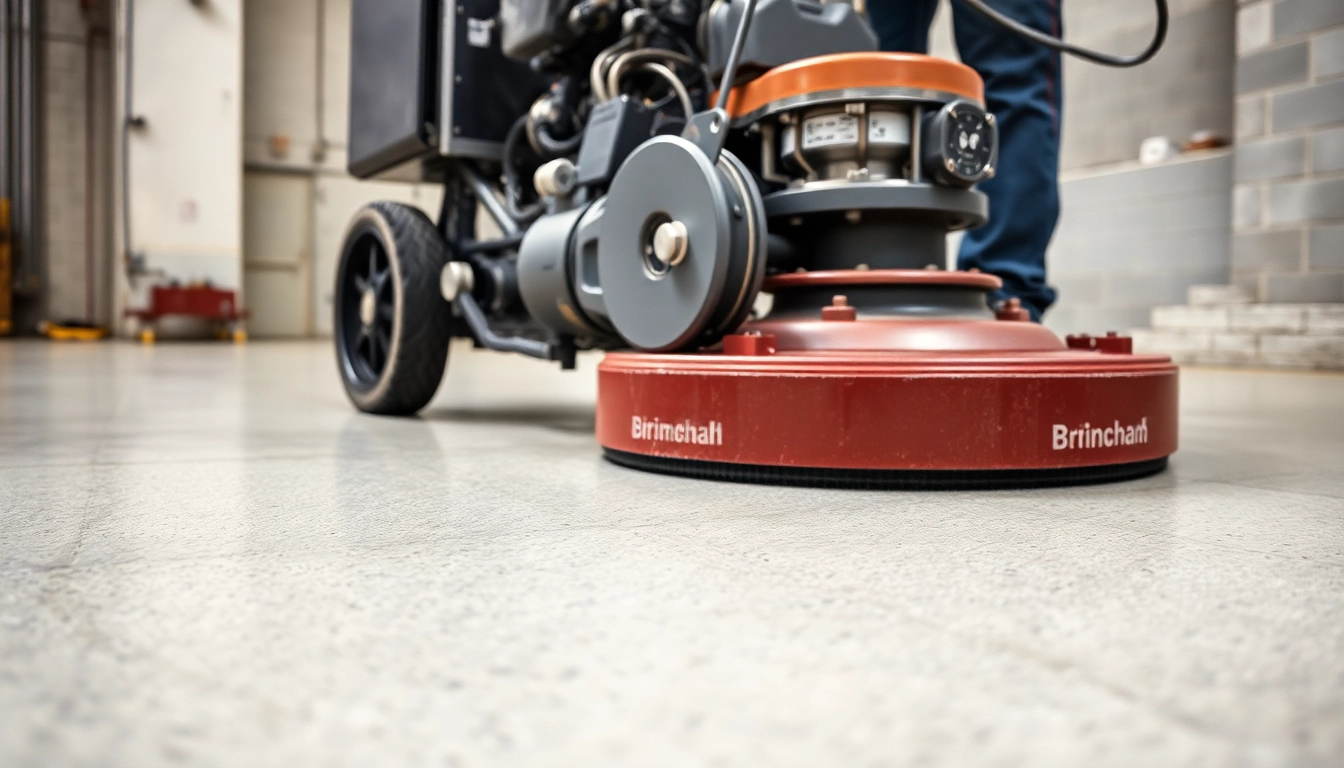Comprehensive Guide to Construction Equipment Rental: A Strategic Asset for Modern Construction Projects in the UK
In the dynamic and competitive landscape of construction in the United Kingdom, efficient resource management and operational flexibility are paramount. One of the most effective strategies to achieve these goals is through construction equipment rental. This approach not only streamlines project execution but also offers significant financial advantages, safety improvements, and access to the latest technology. This comprehensive guide delves into the nuances of construction equipment rental, exploring its benefits, the types of equipment available, selection criteria for providers, best practices for optimization, and how to maximize return on investment. Whether you are a project manager, contractor, or site manager, understanding the full scope of rental equipment can elevate your construction projects to new levels of efficiency and success.
Understanding Construction Equipment Rental and Its Benefits
What Is Construction Equipment Rental?
Construction equipment rental involves temporarily acquiring machinery, tools, and auxiliary equipment needed for various phases of a construction project. Instead of purchasing outright, companies lease equipment from specialized rental providers, often under short-term or long-term agreements. Rental equipment encompasses a wide range of items, from basic site preparation tools to heavy-duty machinery such as excavators, loaders, and cranes.
This model offers flexibility and access to a broad inventory that caters to specific project needs without the liability of ownership. It also reduces storage, maintenance, and depreciation costs associated with owning construction equipment.
For more insights on the variety and scope of available equipment, visit Brandon Hire Station, which offers a comprehensive range of construction tools including plate compactors, concrete mixers, and power floats.
Advantages Over Buying Equipment
While owning machinery offers certain benefits, rental provides a strategic advantage in many scenarios. Key benefits include:
- Cost Efficiency: Eliminates large capital expenditures, converting it into operational expenses. This significantly improves cash flow management.
- Access to Latest Technology: Rental providers frequently update their fleets, providing access to newer, more efficient models that enhance productivity and safety.
- Flexibility: Enables scaling equipment needs based on project phases or unexpected workload changes without long-term commitments.
- Maintenance & Support: Rental companies typically include maintenance, reducing downtime caused by breakdowns or repairs.
- Reduced Storage & Overhead: No need to allocate space for storing unused equipment post-project.
This approach aligns well with project-based workflows, where equipment needs can fluctuate throughout different stages.
Cost-Saving and Flexibility Aspects
Cost savings are often the primary motivator for choosing rental over ownership. A detailed analysis shows that ongoing maintenance, insurance, depreciation, and storage costs can considerably inflate the total cost of ownership (TCO). Rental circumvents these expenditures, offering a predictable cost structure.
Flexibility is equally crucial. For example, a project might require a telehandler for a few weeks during specific construction phases or additional excavators during peak periods. Renting allows contracting teams to swiftly adapt to these fluctuations without financial loss or logistical complications.
Moreover, rental agreements often include provisions for timely delivery, operator training, and technical support, which are essential for meeting project deadlines efficiently.
Types of Construction Equipment Available for Rental
Essential Machinery for Site Preparation
Starting from scratch, effective site preparation lays the groundwork for a successful project. Rental options include:
- Excavators: For digging trenches, foundations, and grading.
- Bulldozers & Loaders: For leveling terrain and moving large quantities of soil or debris.
- Compactors & Rollers: For soil compaction, creating stable foundations necessary for structural integrity.
- Cement Mixers: For mixing concrete on-site, ensuring quality and consistency.
These tools are pivotal in shaping the project site efficiently, significantly reducing the time required for groundwork.
Heavy Equipment for Structural Work
As construction progresses, robust machinery facilitates the erection of buildings and infrastructure:
- Tower & Mobile Cranes: For lifting heavy components to elevated positions.
- Wheel Loaders & Backhoes: For loading, excavating, and material handling.
- Dumpers & Articulated Trucks: For transporting materials across the site.
- Pile Drivers: For foundational support in large-scale projects.
Access to such equipment on-demand streamlines complex structural tasks, ensuring safety and efficiency.
Specialized Tools for Finishing and Safety
Final touches and safety protocols demand precision equipment and tools:
- Power Floats & Trowels: For smooth finishing of concrete surfaces.
- Scaffolding & Ladders: For safe access to elevated areas.
- Vibrators & Poker Machines: To eliminate air pockets in poured concrete.
- Safety Barriers & Signage: Critical for compliance and protection.
Renting these specialized tools ensures high-quality finishes and strict adherence to safety standards.
How to Choose the Right Rental Provider
Evaluating Equipment Quality and Maintenance
High-quality, well-maintained equipment is fundamental to a smooth construction process. When selecting a provider, consider:
- Fleet Age & Condition: Newer models generally incorporate advanced safety features and higher efficiency.
- Maintenance Records & Certification: Ensure the provider adheres to rigorous maintenance schedules complying with UK safety standards.
- Inspection & Testing: Regular inspection reports and test certifications guarantee reliability.
Providers like Sunbelt Rentals and Nixon Hire emphasize fleet upgrades and maintenance, vital for optimal performance.
Customer Service and Support
Responsive customer service reduces delays and troubleshooting time. Look for providers offering:
- 24/7 technical support
- On-site operator training
- Rapid delivery and pickup services
- Flexible rental terms
For instance, EZiRent offers round-the-clock support tailored to construction needs, ensuring seamless operations.
Pricing, Contracts, and Delivery Options
Transparent pricing models with clear contracts are crucial. Key considerations include:
- All-inclusive rates covering delivery, setup, and maintenance
- Options for short-term, long-term, or lease-to-own agreements
- Delivery and pickup schedules aligned with your project plan
Comparing quotes and contract terms helps in making an informed decision that aligns with budget constraints and project timelines.
Best Practices for Efficient Equipment Rental
Planning and Scheduling Equipment Use
Meticulous planning ensures the right equipment is available when needed. Strategies include:
- Developing a detailed project timeline with equipment milestones
- Coordinating with rental providers to ensure timely delivery
- Implementing a centralized equipment booking system for multiple teams
Utilizing project management software can facilitate real-time tracking and adjustments, optimizing equipment utilization.
Ensuring Safety and Operator Training
Operator proficiency and safety compliance are non-negotiable. Best practices include:
- Providing comprehensive training sessions for all equipment operators
- Enforcing adherence to safety protocols and PPE usage
- Regular site safety audits and equipment inspections
Partnering with providers that offer operator training and safety documentation can significantly reduce accident risks and boost productivity.
Maintaining Equipment Performance
To maximize lifespan and operational efficiency:
- Follow manufacturer-recommended maintenance routines
- Implement daily pre-operation inspections
- Report and address issues promptly
A proactive approach minimizes downtime and unplanned repair costs.
Measuring Success and Streamlining Construction Projects
Tracking Equipment Utilization
Data-driven insights enable better resource allocation. Use digital tools and telematics to monitor:
- Operational hours
- Productivity levels
- Maintenance needs
Such metrics help identify bottlenecks and opportunities for process improvements.
Optimizing Project Timelines
Efficient equipment management aligns with project schedules by ensuring that machinery is available without delay, thus reducing idle time and avoiding costly overruns.
Implementing just-in-time equipment delivery and flexible rental terms support adaptability to unforeseen challenges.
Cost Analysis and ROI from Rental Equipment
Quantifying the financial benefits involves calculating:
- Cost savings from avoided ownership expenses
- Reduced downtime due to reliable equipment support
- Improved project completion times and quality
Tracking these metrics over multiple projects enables companies to refine their rental strategies for maximum ROI.




